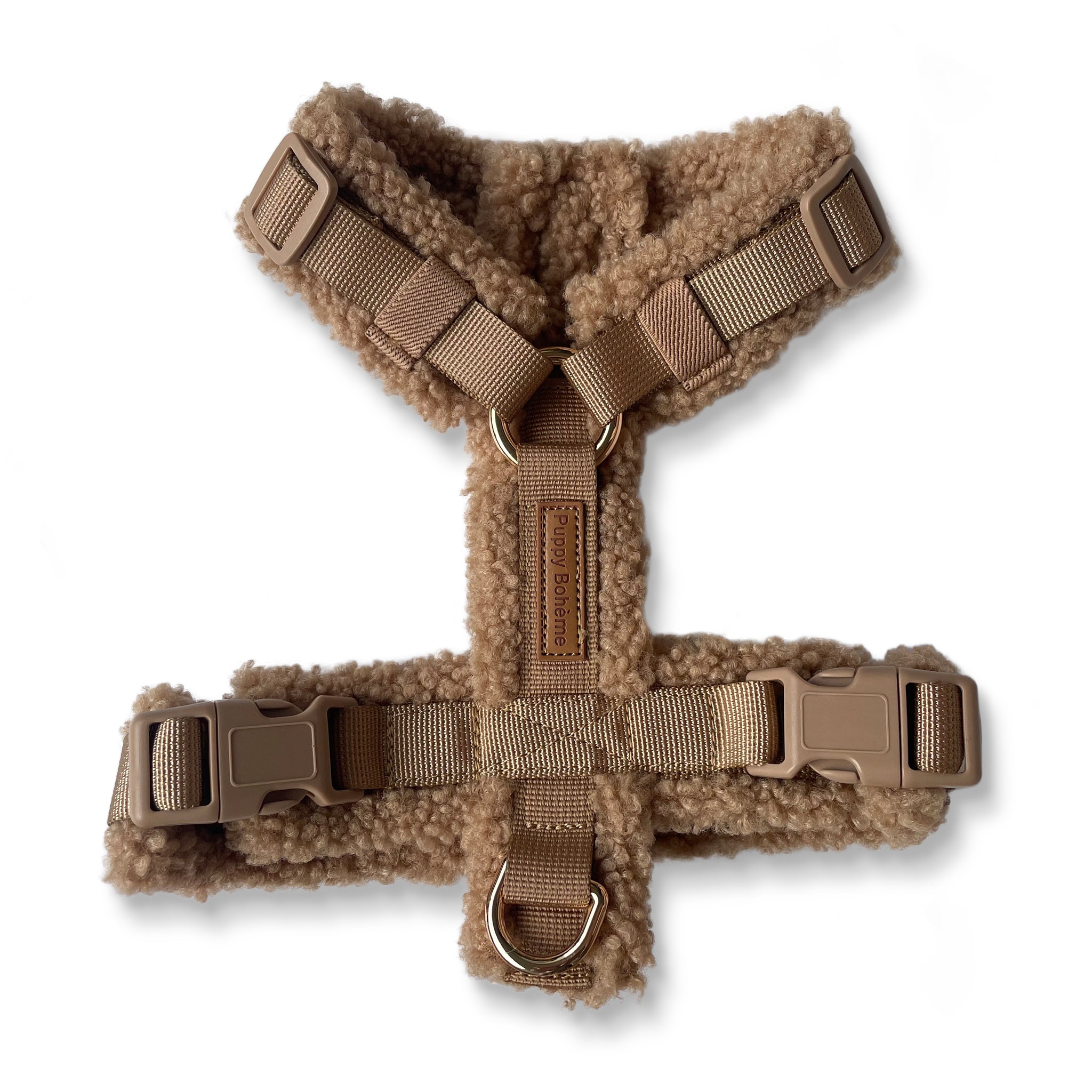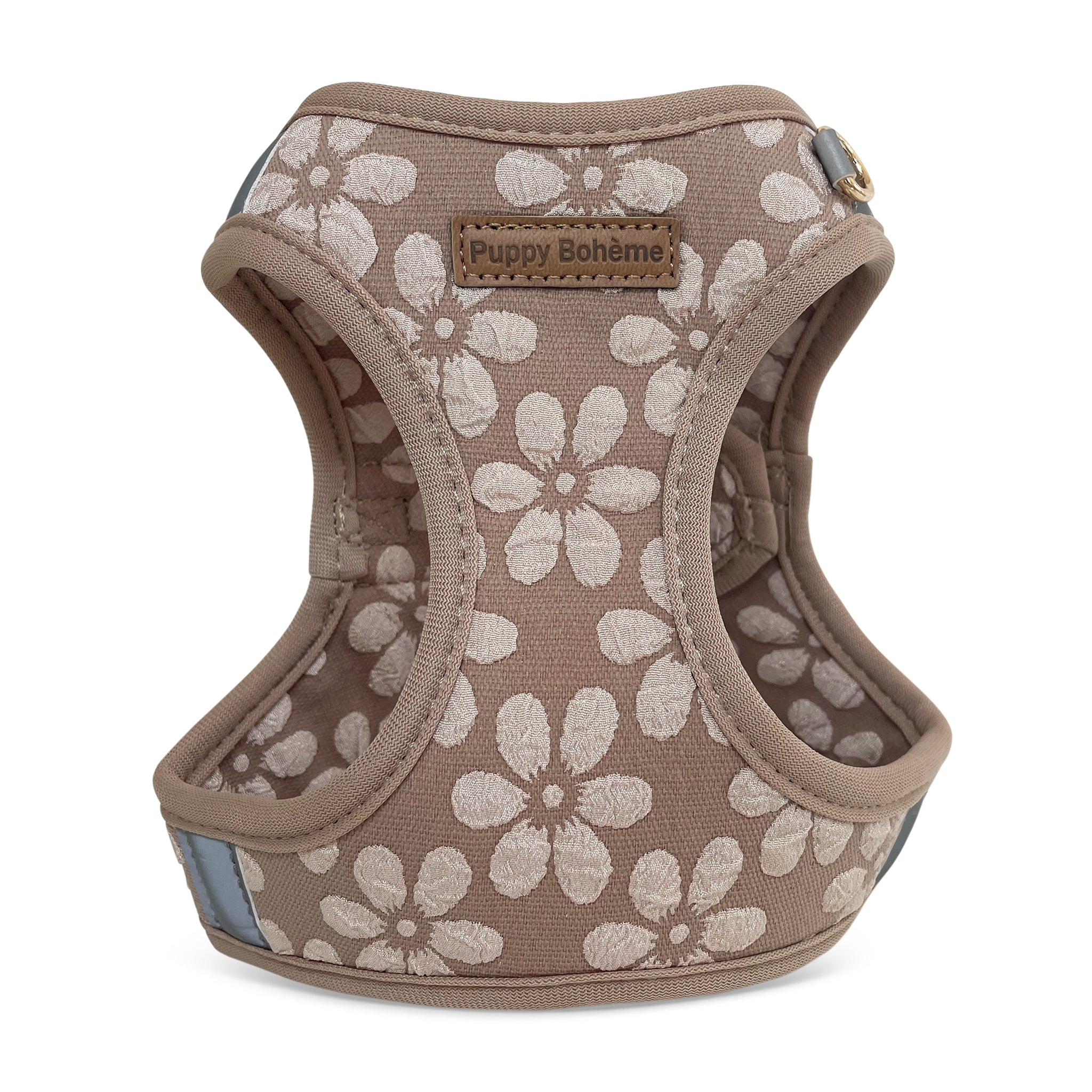Having a dog entails a great responsibility, not only for its nutrition and safety, but also for its physical and mental health. An important part of keeping your dog healthy and happy is making sure it gets enough exercise. But how much is enough?
Understand your dog's exercise needs
All dogs are different, and so are their needs for physical activity. The nature and extent of the exercise must be adapted to the dog's age, breed, size and state of health.
Racing and exercise:
- Active breeds such as Border Collies and Labrador Retrievers may need several hours of active play and exercise each day to remain physically and mentally stimulated.
- Less active breeds such as Bulldogs and Basset Hounds can often manage with shorter walks and less demanding activities.
It is important to know about your dog's breed-specific needs, as this can greatly influence what is appropriate. For example, certain breeds are bred for endurance and need prolonged activity, while others may have physical characteristics that limit their ability for prolonged exercise.
Age-related exercise
A dog's age also plays a critical role in how much exercise they should get:
- Puppies: As their bodies are still growing, puppies should have shorter and less intense play periods. It is important to monitor them so that they do not overexert themselves.
- Adult Dogs: Most adult dogs require regular exercise, which can include walks, runs, and other activities, depending on their energy level and health.
- Senior Dogs: Senior dogs still need regular exercise, but the intensity and duration should be reduced to suit their declining energy levels and physical capacity.
Types of exercise
- Walks: A daily walk is a great way to give your dog regular exercise while giving him the opportunity to explore and sniff, which also provides mental stimulation.
- Play: Games like fetch and tug can be great ways to exercise your dog, especially for high-energy breeds.
- Training: Agility, obedience training and other training activities can be both fun and challenging for your dog, while providing good exercise.
The importance of a routine
A regular exercise routine is not only important for managing your dog's energy levels, but also for his overall well-being and behavior. A well-exercised dog is often a happier and healthier dog that is less likely to exhibit unwanted behaviors such as destructiveness or excessive barking.
Remember, it's always a good idea to discuss your dog's exercise needs with a vet, especially if there are concerns about health conditions that may affect what type and amount of exercise is safe and effective.





















